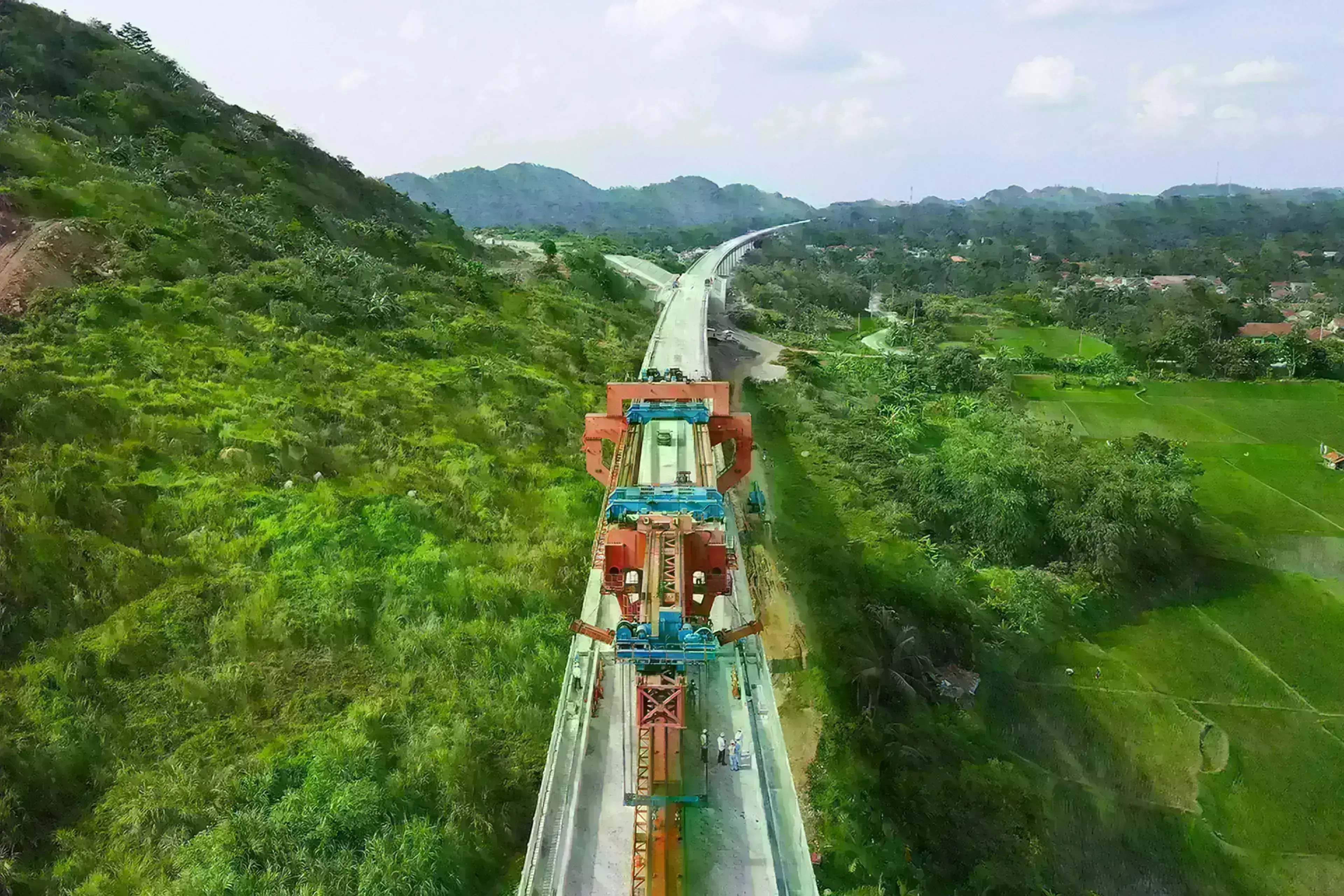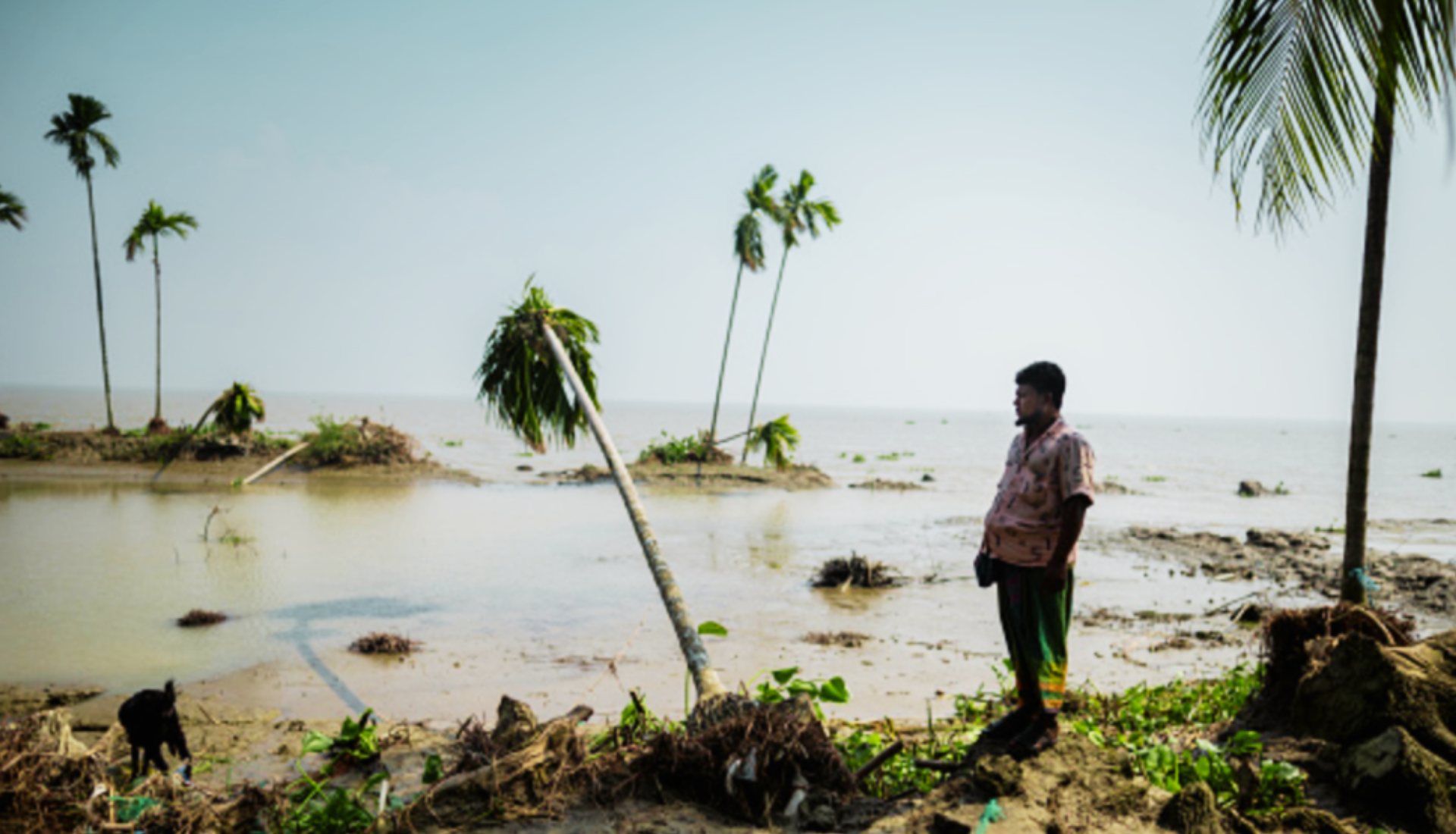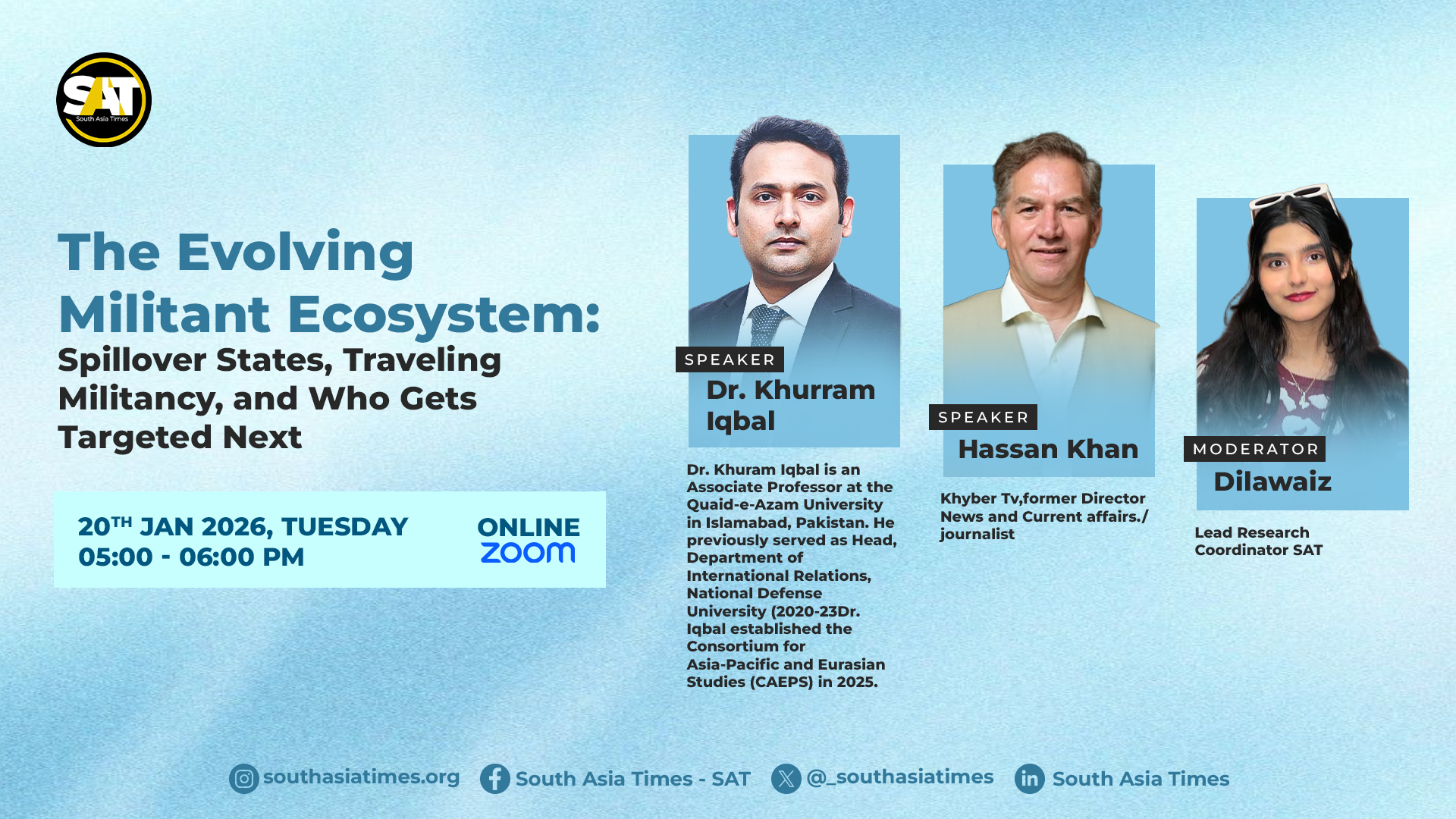Belt and Road Initiative (BRI) is a project aiming towards connectivity through Central, South and Southeast Asia into Middle East, Africa, and Europe. Although BRI stretches from Eurasia to Africa, its major states lie in South Asia. Due to the fact that it acts as a juncture where the continental belt meets the maritime route and connects Africa, Europe, and Asia.
South Asian countries attain diversities and similarities in their cultural, economic, and political patterns. However, their relations with China have developed differently which shows the distinct regional patterns of international relations. China shares its borders with almost all states residing on the South Asian landmass except Bangladesh. The Maldives and Sri Lanka are the island states present in the Indian Ocean.
BRI and Regional Patterns in South Asia
South Asian political landscape is of critical importance for the successful implementation of the Belt and Road Initiative (BRI). China’s warm relations with Pakistan gives BRI a partial advantage to achieve its strategic objectives in the region. However, India as a regional power opposes the initiative of BRI. Subsequently, this requires China to take a different approach towards India. This involves President Xi Jinping’s increasing meetings with Modi, bolstering public diplomacy, and granting India loans through Asian Infrastructure Investment Bank (AIIB) which will help to reduce the hostility in the region.
China has adopted unique approaches to the other South Asian states.
It has offered landlocked Nepal to use its four major ports to enhance its trade. China is building a 6.4 kilometres long Padma bridge in Bangladesh, which is the largest bridge in the country. Similarly, it is also working to enhance the tourism-based economy of Maldives.
BRI’s Main Projects in South Asia
BRI holds four important overland projects in South Asia. This includes China Pakistan Economic Corridor (CPEC), Bangladesh-China-India-Myanmar Economic Corridor (BCIM-EC), Trans-Himalayan economic corridor and Maritime Silk Road.
CPEC
CPEC, a multibillion-dollar deal, is a flagship project of BRI which connects the strategically crucial Gwadar port to Xin Jiang through a network of 3000 kilometres of roads, railways, and pipelines. The corridor ensures the trade and transport from Chinese western provinces to the Arabian Sea and the Middle East onwards. This project will enhance the GDP growth rate of Pakistan, and increase the economic growth from 2% to 2.5% annually till 2030.
Similarly, the energy projects running under CPEC will help Pakistan to overcome its energy crisis. According to ACCA Global and Pakistan-China Institute (PCI), the project will create 30,000 direct jobs for Pakistanis. Moreover, it will also create 800,000 direct jobs in the next 15 years. As a result, the project will promote regional connectivity, and is, therefore, considered a game-changer for the region.
Bangladesh-China-India-Myanmar Economic Corridor (BCIM-EC)
In 1999, China proposed the BCIM as an initiative to connect the parts of Southwest China and Northeast India via economically backward Bangladesh and Myanmar. However, despite the intergovernmental negotiations there exist no solid measures to analyze the project due to the Indian opposition.
Despite China’s consideration of BCIM-EC as an important juncture to promote regional connectivity; India fears the increasing Chinese influence in its northeastern region. Similarly, Myanmar and Bangladesh’s relation to the Rohingya refugee crisis makes their participation in BRI more complicated. The deepening of the Rohingya crisis will make the participation of both countries complicated in BRI.
Trans-Himalayan Economic Corridor
The trans-Himalayan corridor revolves around the China-Nepal railway which is yet to build. The plan involves connecting this railway to the Tibetan railway, which connects South Asia to China via landlocked Nepal. Chinese broader plan includes the connection of the China-Nepal railway to Lhasa via a strategically significant Tibetan region. Hence the project will connect noncoastal Nepal to China.
Maritime Silk Road
Maritime Silk Road is a part of a larger BRI which aims to connect China with South-East Asia and Africa. It includes a variety of projects including the construction of Hambantota port in Sri Lanka, and Gwadar Seaport lying close to the Persian Gulf. China is also ambitious to build a strategic port in Sonadia Bangladesh. Moreover, it also built Kyauk Phyu port in Myanmar along with 2806 kilometres long oil-gas pipeline which connects the Kyauk Phyu to Kunming city of China. Moreover, the Maldives Island also hold a strategic significance in the Maritime Silk Road because it acts as a strategic fulcrum in the Indian Ocean. The Maldives has also granted it\’s port to China on a long-term lease. Hence these areas are significant in the broader framework of BRI.
Conclusion
South Asia remains a significant ground for BRI as it acts as a junction that connects the continental belt with a maritime route.
Therefore, Beijing is trying to successfully implement the project, which requires a careful and balanced strategy with South Asian states. Lastly, the CPEC and other projects hold greater significance for regional connectivity. Therefore, China needs to craft its strategies carefully while keeping in mind the regional patterns in the crucial continental belt.






